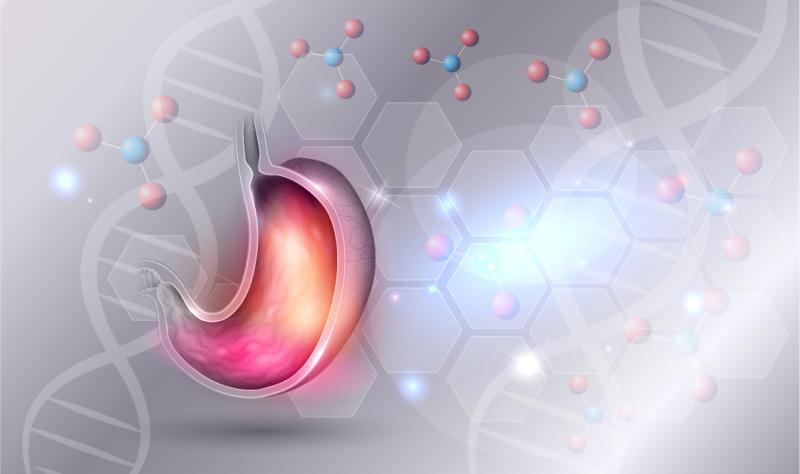
The immune checkpoint inhibitor nivolumab yields long-term overall survival (OS) gains in treatment-experienced patients with gastric/gastroesophageal junction (G/GEJ), with the benefit most pronounced among those who show a complete (CR) or partial response (PR), according to the 2-year follow-up results of the phase III ATTRACTION-2a study.
“Even among patients with stable disease (SD) categorized by tumour growth rate, nivolumab offered a longer median OS than placebo, suggesting that [the drug] can be continued even after a small increase in tumour size within SD,” the investigators pointed out.
“The safety profile was similar to that at the 1-year follow-up, and no major late-onset treatment-related adverse events (AEs) of special interest were observed,” they added.
Conducted in Japan, South Korea and Taiwan, ATTRACTION-2 randomized 493 G/GEJ cancer patients (median age, 62 years) previously treated with ≥2 chemotherapy regimens to receive nivolumab 3 mg/kg (n=330) or placebo (n=163) every 2 weeks for 6 weeks (one treatment cycle). The median follow-up period was 27.3 (24.1–36.3) months. The safety assessment population comprised 491 patients (330 and 161), while the response assessment population involved 399 patients with measurable lesions (268 and 131).
At the follow-up, OS was significantly longer in the nivolumab vs placebo group (median, 5.26 vs 4.14 months; hazard ratio [HR], 0.62, 95 percent confidence interval [CI], 0.51–0.76; p<0.0001). OS rates were also higher with the immune checkpoint inhibitor at years 1 (27.3 percent vs 11.6 percent) and 2 (10.6 percent vs 3.2 percent). The OS benefit was observed regardless of tumour PD-L1 expression. [Gastric Cancer 2020;23:510-519]
“While the OS rates were higher in the nivolumab group than in the placebo group throughout the study period, higher progression-free survival (PFS) rates favouring nivolumab became evident after approximately 2 months of treatment initiation,” the investigators noted.
Median PFS was 1.61 months with nivolumab vs 1.45 months with placebo, and the respective PFS rates were 9.3 percent vs 1.5 percent at year 1 and 3.8 percent vs 0 percent at year 2. Treatment with the immune checkpoint inhibitor significantly reduced the risk of disease progression (HR, 0.60, 95 percent CI, 0.49–0.75; p<0.0001)
Nivolumab also showed superiority in terms of objective response rate (ORR), with a CR or PR seen in 32 patients (11.9 percent; CR, n=3; PR, n=29) as compared with none of placebo-treated patients. There had been no CRs and 30 PRs documented at the initial follow-up (median, 8.9 months). [Lancet 2017;390:2461-2471]
Among patients who achieved CR or PR on nivolumab, the median OS was 26.6 months, which was even better than that observed in the overall population. The OS rates at 1 and 2 years were 87.1 percent and 61.3 percent, respectively.
No new safety signals emerged. Treatment-related AEs (TRAEs) of any grade occurred in 43.0 percent of nivolumab-treated patients and in 26.7 percent of those who received placebo, including 11.8 percent and 4.3 percent with grade 3–4 TRAEs, respectively.
In most patients, TRAEs of special interest occurred within 3 months of initiating nivolumab. Such events included skin, gastrointestinal, hepatic and endocrine AEs and tended to subside over time. The incidence rates were comparable at 6 months, 1 year and 2 years.
The safety findings suggest “a favourable long-term tolerability profile for continued nivolumab therapy. However, monitoring is recommended to identify any potential late-onset AEs,” according to the investigators.
The trial was limited by the exploratory analysis of PD-L1 expression in a limited number of patients, with the expression analysed only in tumour cells.